15 Wild Animals in Malta [Wildlife in Malta]
Want to know more about wildlife in Malta?
Discover 15 wild animals in Malta in this post, as well as interesting facts about them. 🇲🇹
Learn All About Maltese Animals
Ready to learn all about Maltese animals?
I’ve always been fascinated by animals, and by how they can be so different from one country to another. In this guide, we’ll focus on the many animals Malta has on the land, in the sky, and under water.
I’ve split the guide into 6 categories:
- Native animals from Malta
- Endangered animals of Malta
- What is the national animal of Malta?
- How many animals native to Malta?
- Are there wild monkeys in Malta?
- Do they have squirrels in Malta?
Let’s dive in right away with our first category!
Native Animals from Malta
Malta is a small European archipelagic country located in the southern part of the continent, off the coast of Italy. It is one of the smallest countries in all of Europe, has two official languages (Maltese and English) but two-thirds of its population can speak Italian, and it used to be a British colony. It is surrounded by the Mediterranean Sea and is situated 80 km / 50 mi south of Italy (Sicily) and 333 km / 207 mi north of Libya, and its capital and largest city is Valletta, which counts more than 480,000 inhabitants.
An interesting part of the country that I wanted to tackle is its wildlife. In light of that, I have listed the best of it, and I hope you will love learning what animals live in Malta.
Here’s the Malta animals list.
1. Mediterranean monk seal
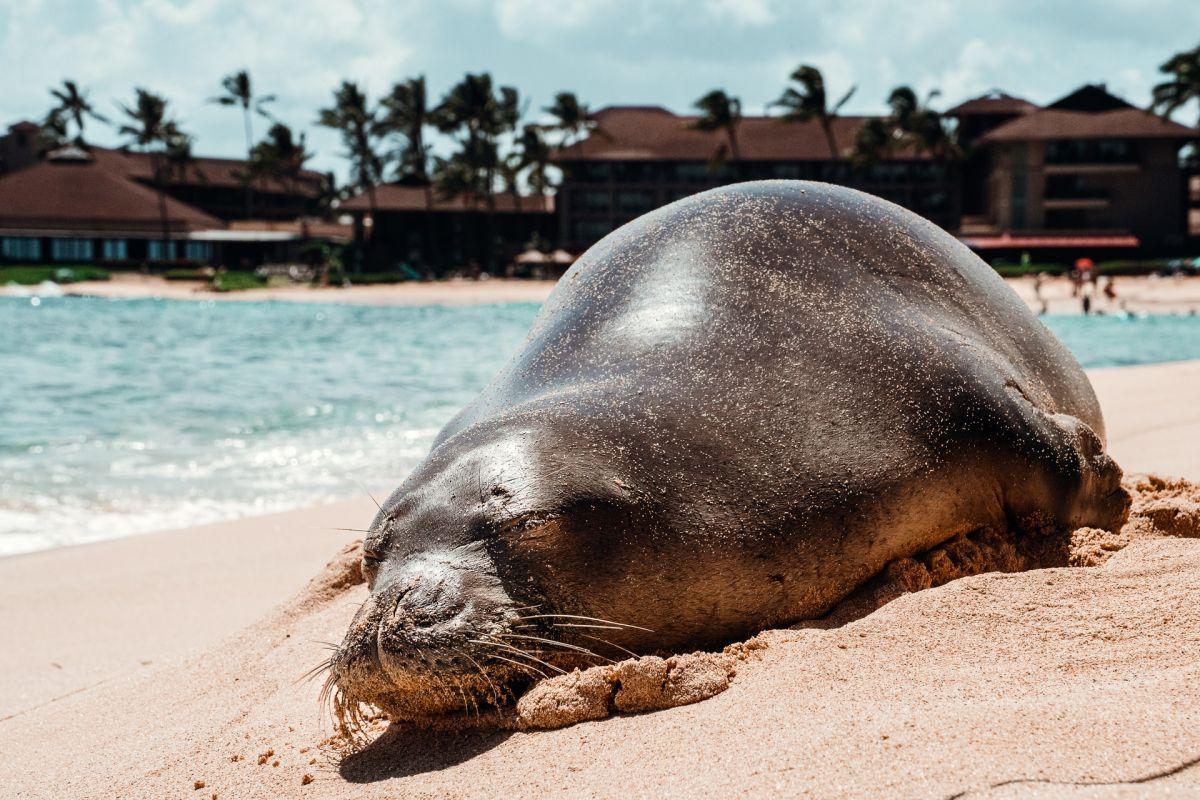
- Name: Mediterranean monk seal
- Scientific name: Monachus monachus
- Conservation status:
The Mediterranean monk seal is one of the few carnivores that can be found in Malta. There are fewer than 700 individuals left, subsisting in 3 to 4 subpopulations, and this species is listed as endangered. The local population is shared with northeastern Tunisia and eastern Sardinia, and the Mediterranean monk seal is considered to be the world’s rarest pinniped species.
This seal is diurnal and feeds on a broad range of fish and mollusks, mostly octopus, eels, and squid.
2. Risso’s dolphin
- Name: Risso’s dolphin
- Scientific name: Grampus griseus
- Conservation status:
Risso’s dolphin is a species of dolphin closely related to the pygmy killer whale, the melon-headed whale, the false killer whale, and the pilot whale. It can be found around the coastlines of most oceans and seas around the world, from California to the Mediterranean.
This dolphin almost entirely subsists on oceanic squid and hunts it at night. In order to find its prey, Risso’s dolphin uses echolocation and can reach depths of 600 m / 1,968 ft if needed.
3. Common noctule
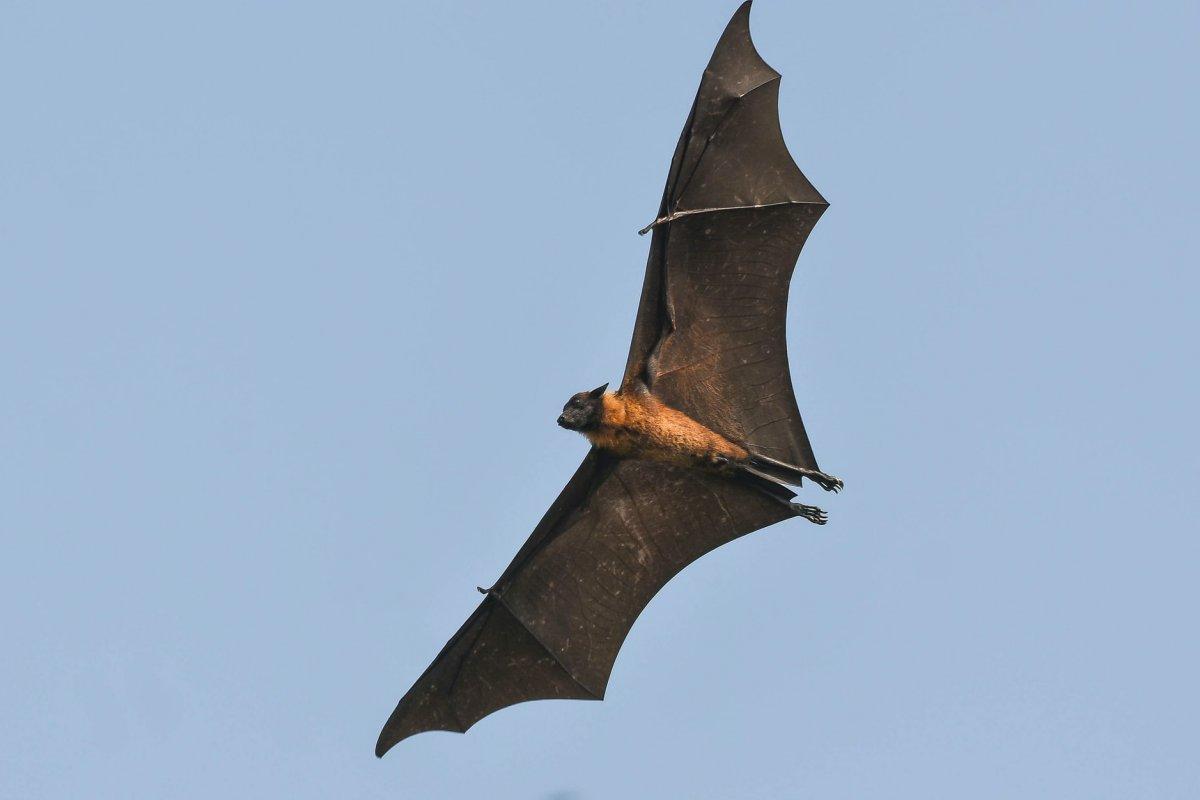
- Name: Common noctule
- Scientific name: Nyctalus noctula
- Conservation status:
The common noctule is a widespread species of bat native to Europe, Asia, and North Africa. It has red-brown or dark-brown fur, depending on the season, and is an insectivore that feeds on beetles, winged ants, and moths. It is protected by multitudes of national legislatures, but its range is dwindling.
Interestingly enough, this bat can reach speeds of up to 50 km/h / 31 mph, outspeeding all of its prey!
4. Maltese freshwater crab
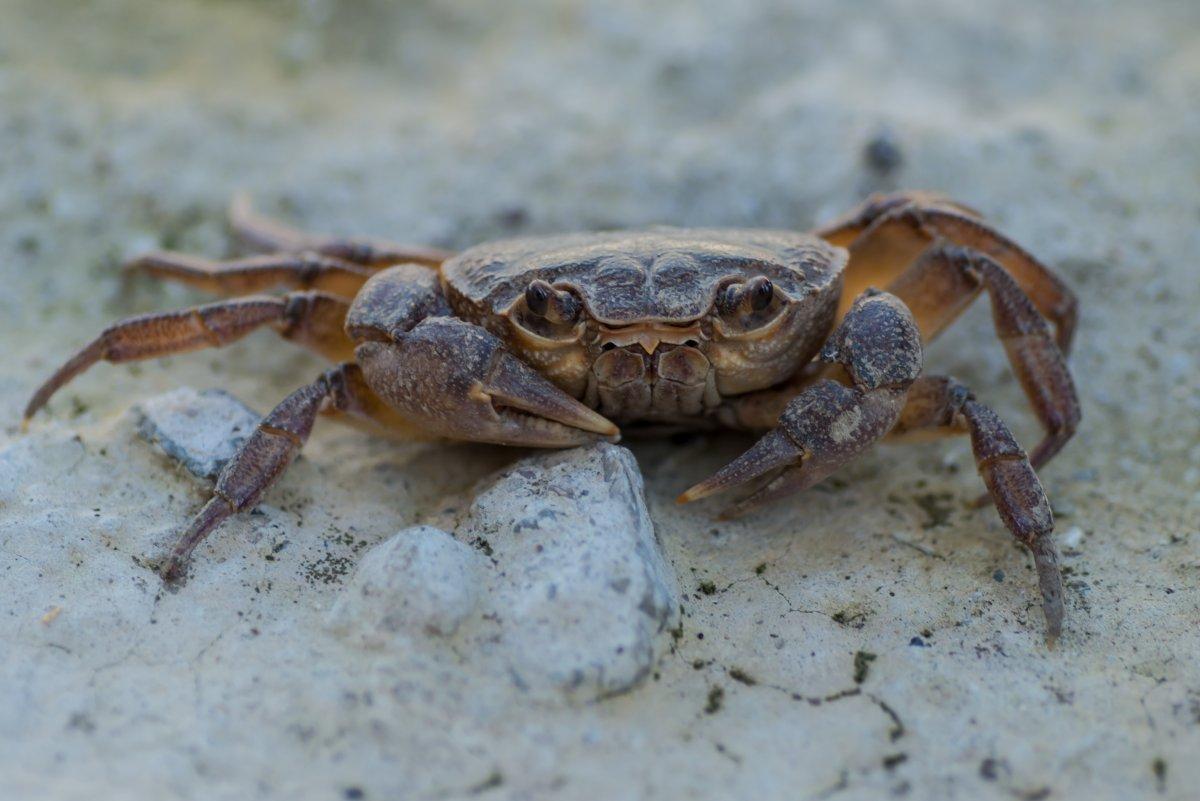
- Name: Maltese freshwater crab
- Scientific name: Potamon fluviatile lanfrancoi
- Conservation status:
The Maltese freshwater crab is a species of crab endemic to some areas of the Maltese Islands. Although its conservation status has not been assessed yet, this freshwater crab is very rare, and its numbers have been decreasing in the past few years; its main threats are pollution, drying up of streams, and capture by humans.
This crab is carnivorous and feeds on other, smaller animals such as tadpoles.
5. Blue rock thrush
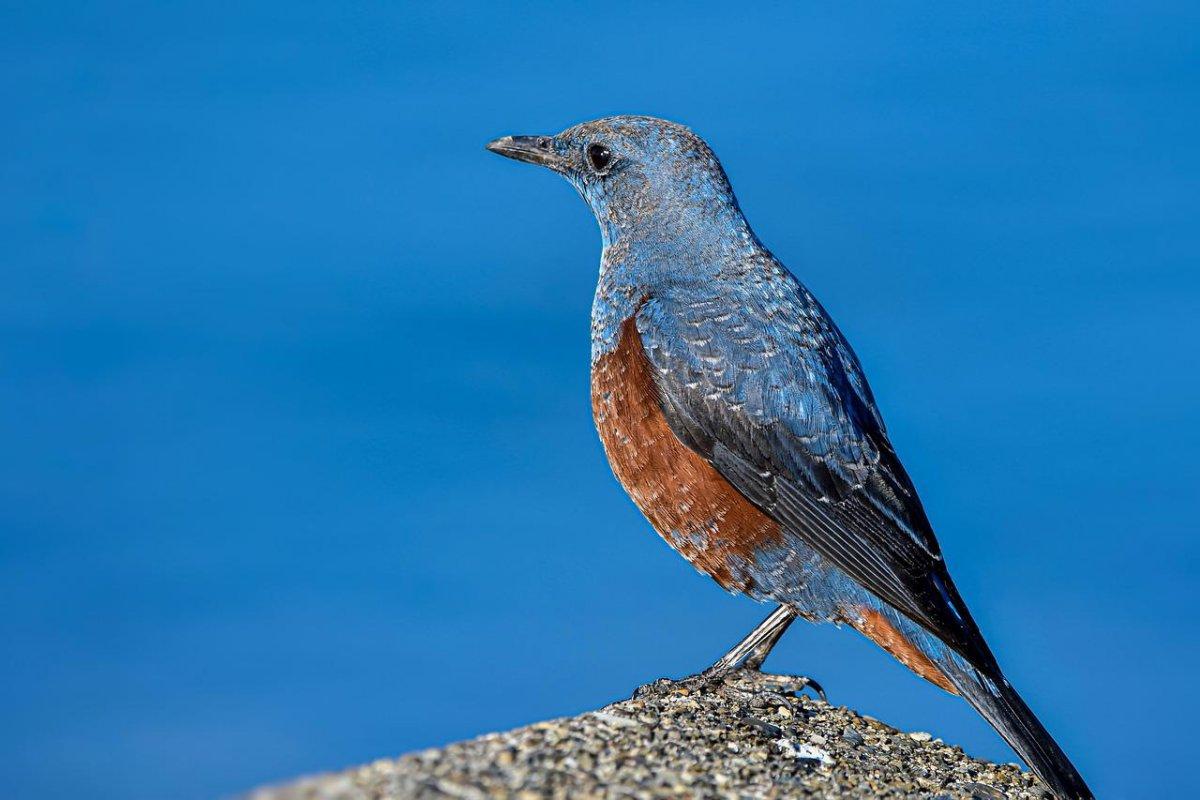
- Name: Blue rock thrush
- Scientific name: Monticola solitarius
- Conservation status:
The blue rock thrush is a species of Old World flycatcher native to southern Europe, northwestern Africa, and central and southeastern Asia. It is the national bird of Malta and was shown on the country’s Lm 1 coins while it had its previous currency (it is now the Euro).
In Malta, this bird is mostly resident, while Central Asian populations are more migratory, and spend the winter in sub-Saharan Africa, southeastern Asia, and on the Indian subcontinent.
6. Etruscan shrew
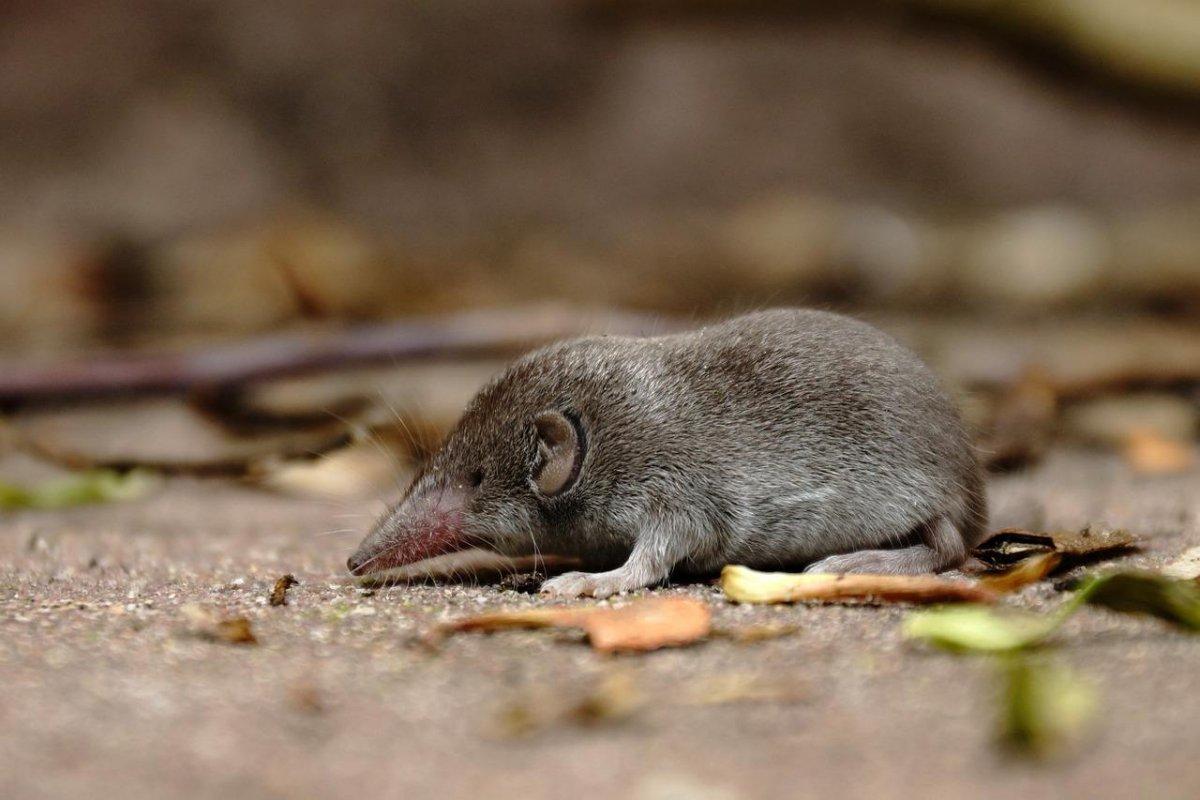
- Name: Etruscan shrew
- Scientific name: Suncus etruscus
- Conservation status:
The Etruscan shrew, also known as the white-toothed pygmy shrew or the Etruscan pygmy shrew, is the smallest mammal in the world, weighing only about 1.8 g / 0.063 oz on average! It can be found around the coasts of the Mediterranean, but also in Africa, on the Arabian Peninsula, in the Middle East, and on the Indian subcontinent.
This shrew particularly likes the warm and damp habitats of Malta. It uses dense cover to hide from predators and can be found as high as 3,000 m / 9,800 ft above sea level.
7. North African hedgehog
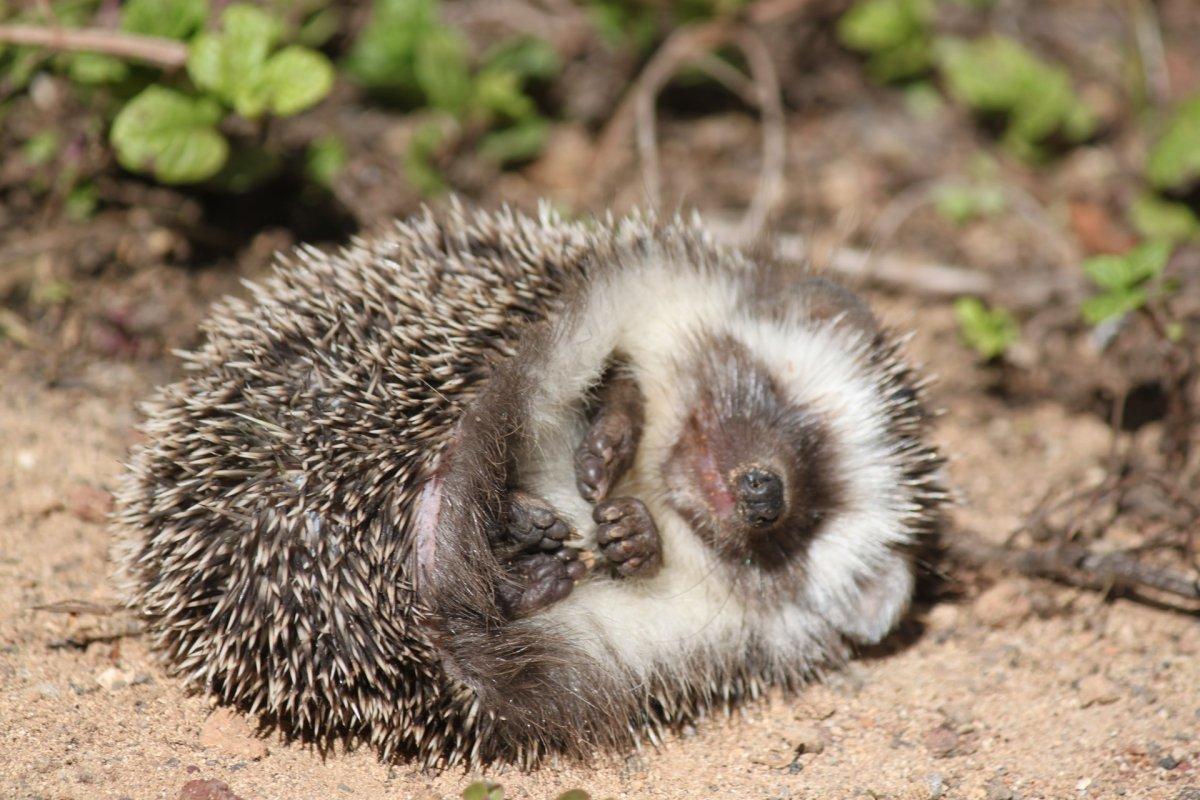
- Name: North African hedgehog
- Scientific name: Atelerix algirus
- Conservation status:
The North African hedgehog, also known as the African hedgehog, is a species of mammal native to northern Africa and southern Europe, namely Malta, Algeria, Morocco, Spain, Tunisia, and Libya. Not much is known about this hedgehog, but it is the most common breed of domesticated hedgehogs.
This small mammal might have been introduced to islands such as Malta, and it is the only one of the four African hedgehogs to occur outside of the continent.
8. Black-winged stilt
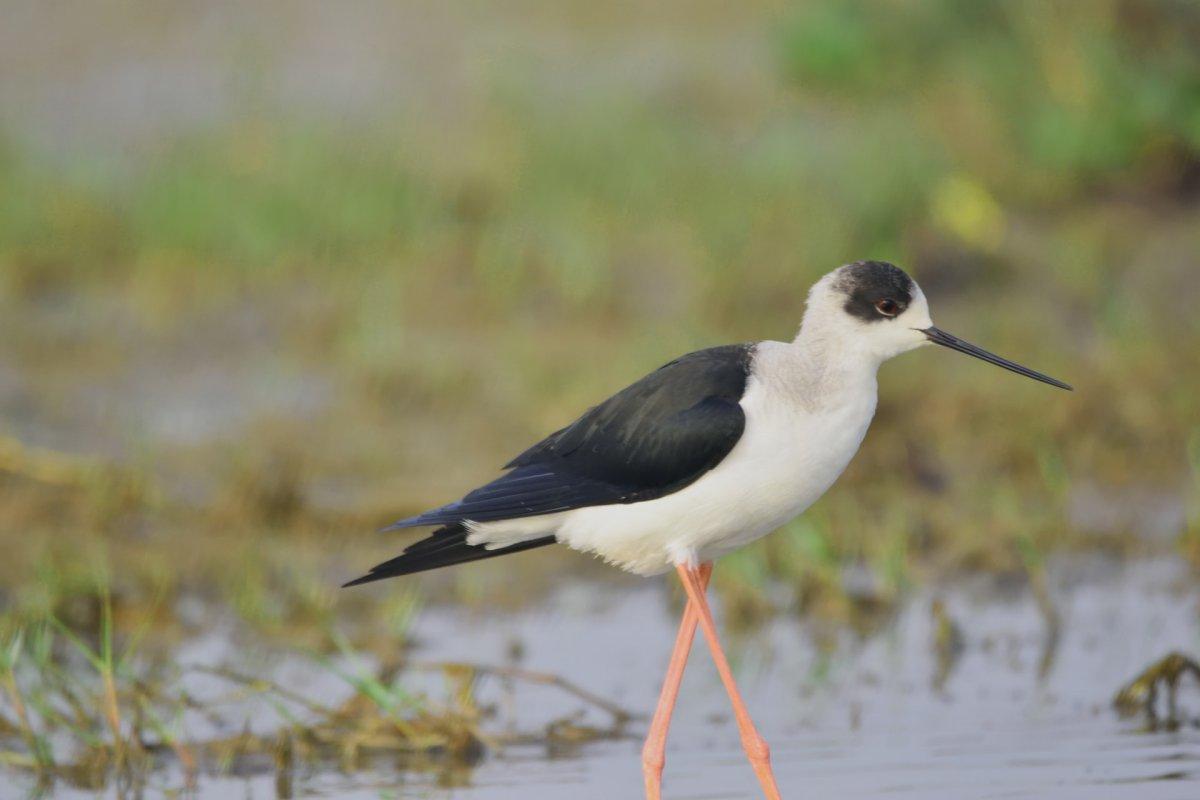
- Name: Black-winged stilt
- Scientific name: Himantopus himantopus
- Conservation status:
The black-winged stilt is a species of wader widely distributed throughout the world. In Malta, it is a common migrant and recently started to become a localized breeding bird.
This bird breeds in shallow lakes, ponds, and marshes, and does not always migrate, as it depends on the area it breeds in. It finds its food in water and sand, and mainly feeds on crustaceans and insects. Its nest is a bare spot on the ground near a body of water, and it nests in small groups, sometimes with other species.
9. Blue whale
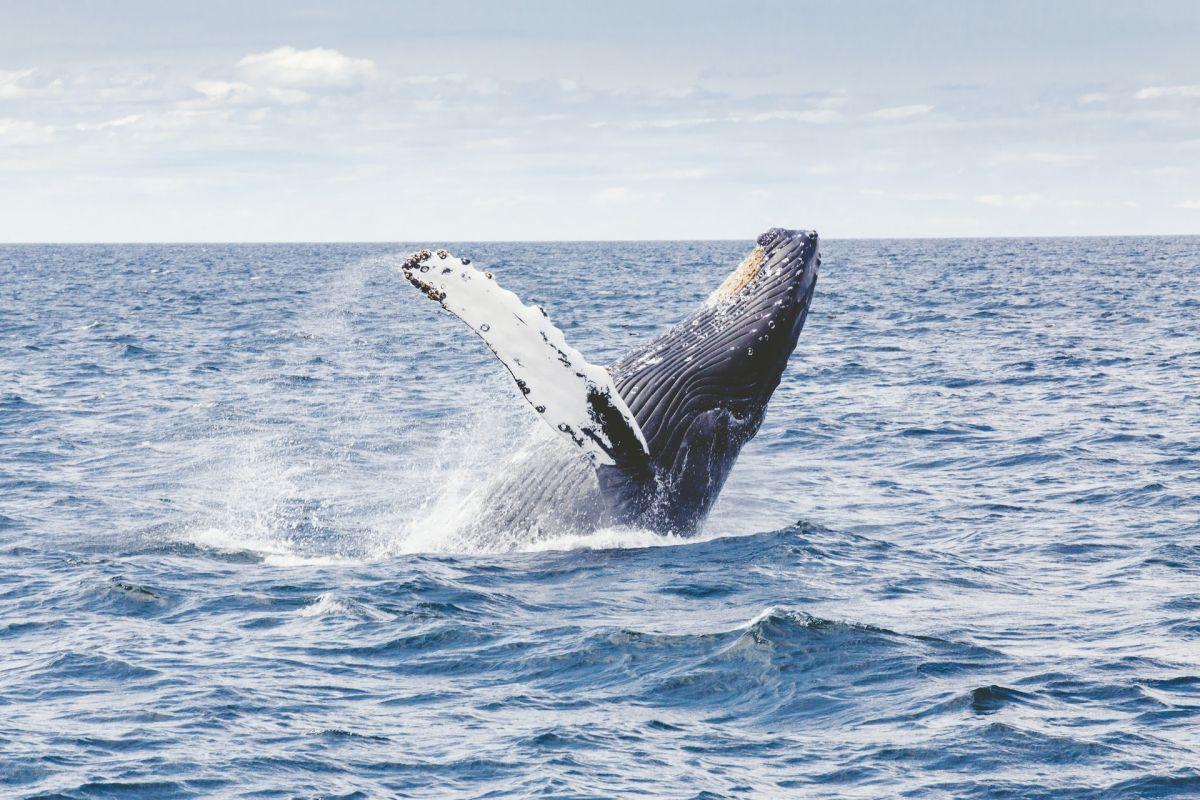
- Name: Blue whale
- Scientific name: Balaenoptera musculus
- Conservation status:
While it is not quite certain, the blue whale could very well be found around Malta.
This marine mammal is the largest animal to have ever existed, reaching weights of up to 199 tons / 196 long tons and lengths of up to 29.9 m / 98 ft! In general, it spends the summer in polar areas and the winter in tropical regions. The Mediterranean is thus an ideal in-between, providing temperate to warm waters.
10. White stork
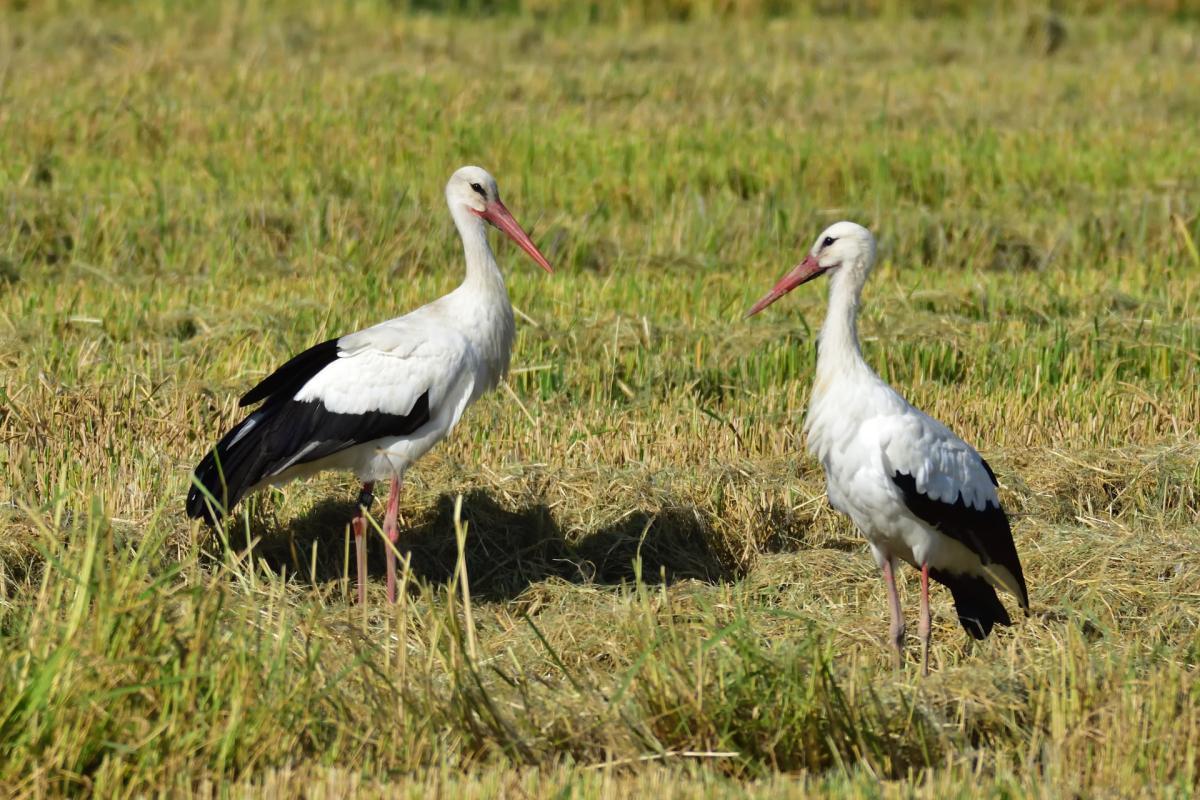
- Name: White stork
- Scientific name: Ciconia ciconia
- Conservation status:
The white stork is a large bird species native to much of Europe and western and Central Asia. It is a migratory bird that travels very long distances from its breeding range to the southern part of the Mediterranean… as far as South Africa!
This stork is a carnivore that feeds on a wide range of prey, from insects and amphibians to reptiles, fish, small mammals, and small birds.
11. Eurasian spoonbill
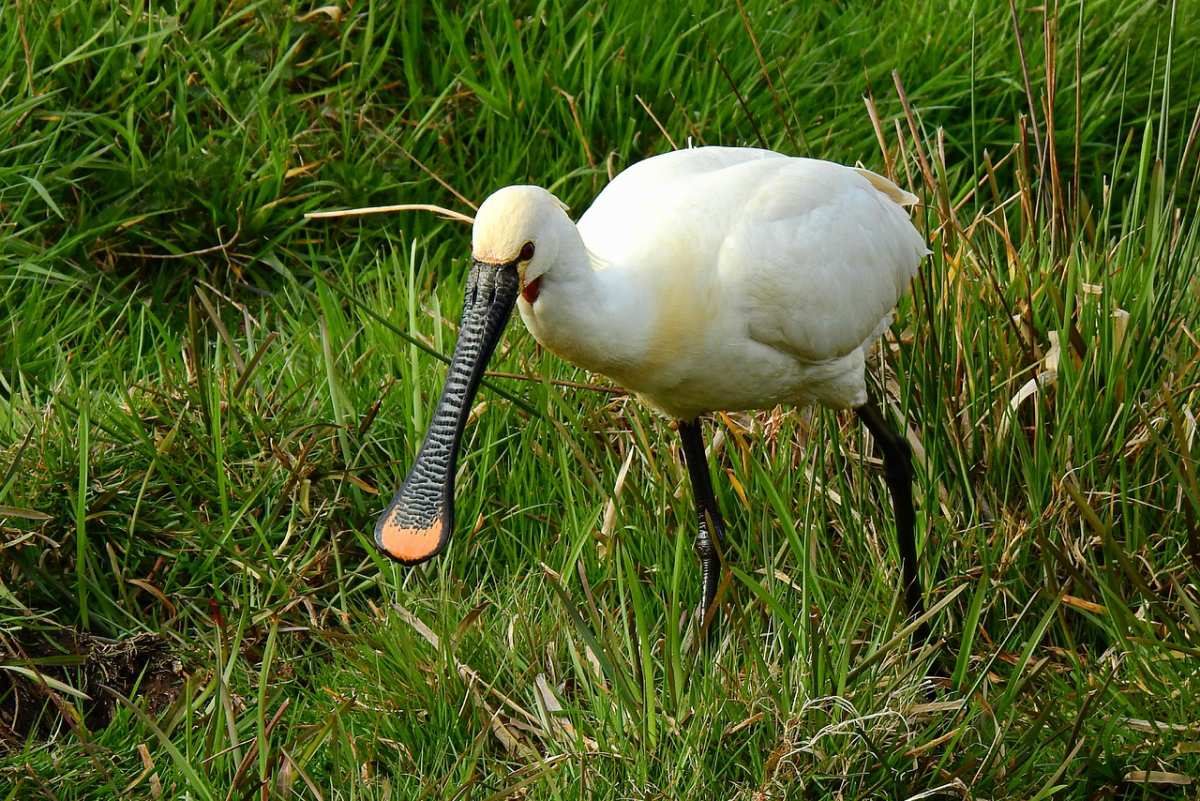
- Name: Eurasian spoonbill
- Scientific name: Platalea leucorodia
- Conservation status:
The Eurasian spoonbill, also known as the common spoonbill, is a species of wading bird of the ibis family that can be found on the coasts of Malta. Its distribution is very wide, breeding from the British Isles to North Africa and Japan.
This spoonbill inhabits shallow wetlands with fine sandy beds, but also any type of lake, river, marsh, or flooded area with either fresh- or saltwater.
12. Western marsh harrier
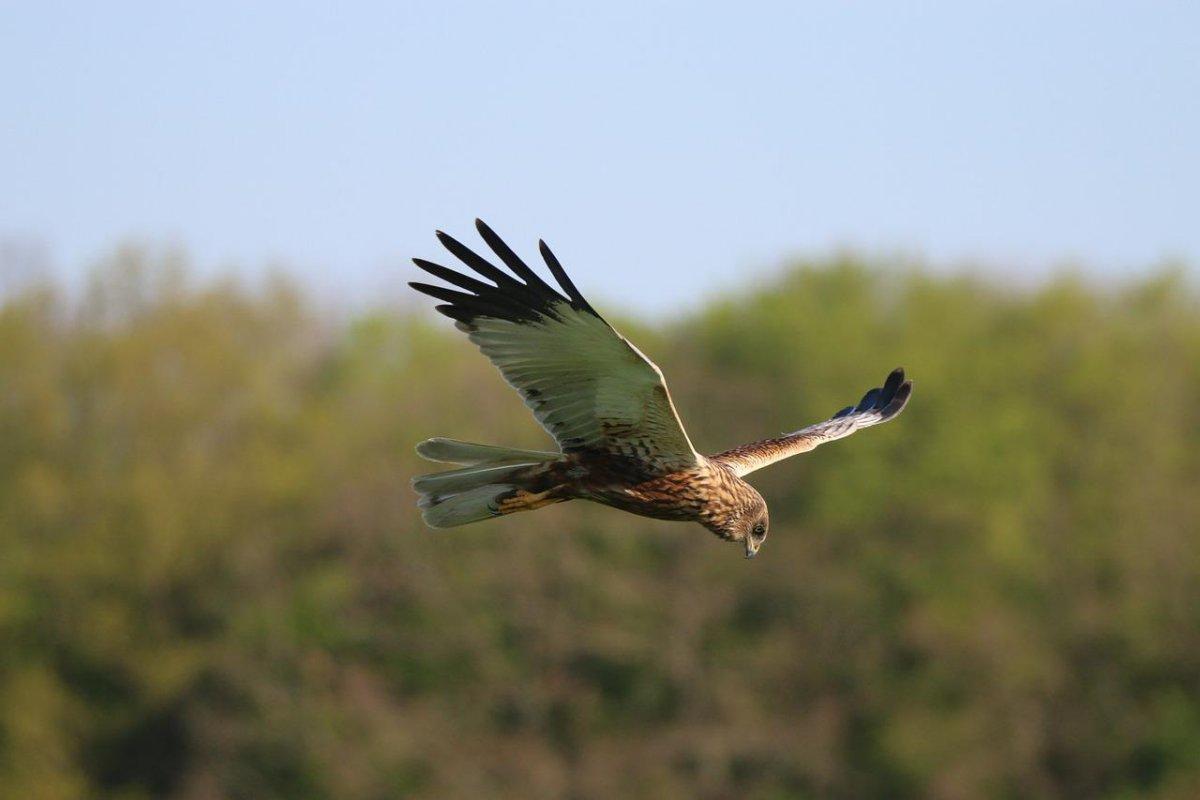
- Name: Western marsh harrier
- Scientific name: Circus aeruginosus
- Conservation status:
The western marsh harrier is a common migrant in Malta. Also known as the Eurasian marsh harrier, it is native to much of Eurasia, and winters in sub-Saharan Africa or on the Indian subcontinent.
This bird of prey glides over low, open ground to find its prey, usually small birds, small mammals, insects, frogs, and reptiles. Because of persecution, pesticide use, and habitat loss, the western marsh harrier’s numbers have greatly declined between the 19th and the end of the 20th centuries.
13. Least weasel
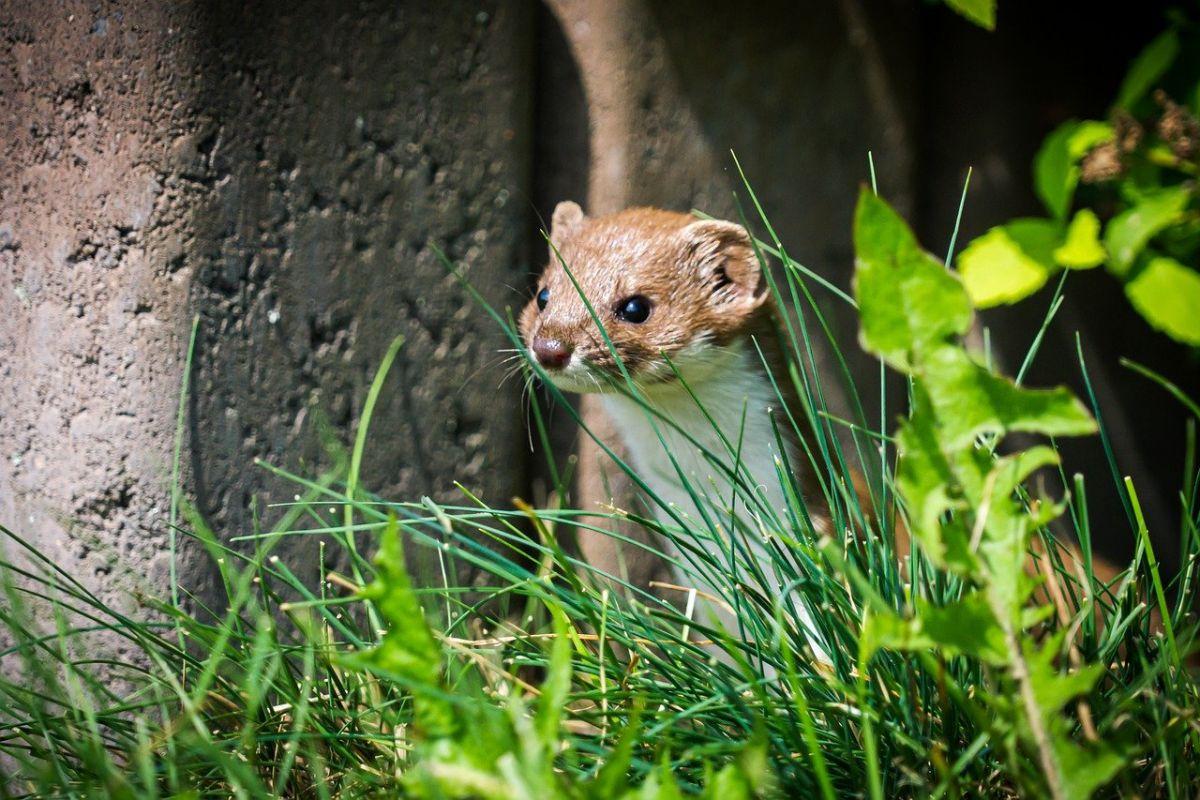
- Name: Least weasel
- Scientific name: Mustela nivalis
- Conservation status:
The least weasel, also known as the lesser weasel, the little weasel, or the common weasel, is the smallest mustelid in the world. It has a very large range and is found throughout most of the Northern Hemisphere, except for its southernmost areas such as the Indian subcontinent, North Africa and Central America.
This weasel has been introduced to the island of Malta (and also New Zealand), where it feeds on rodents such as mice, gerbils, and hamsters.
14. Barn owl
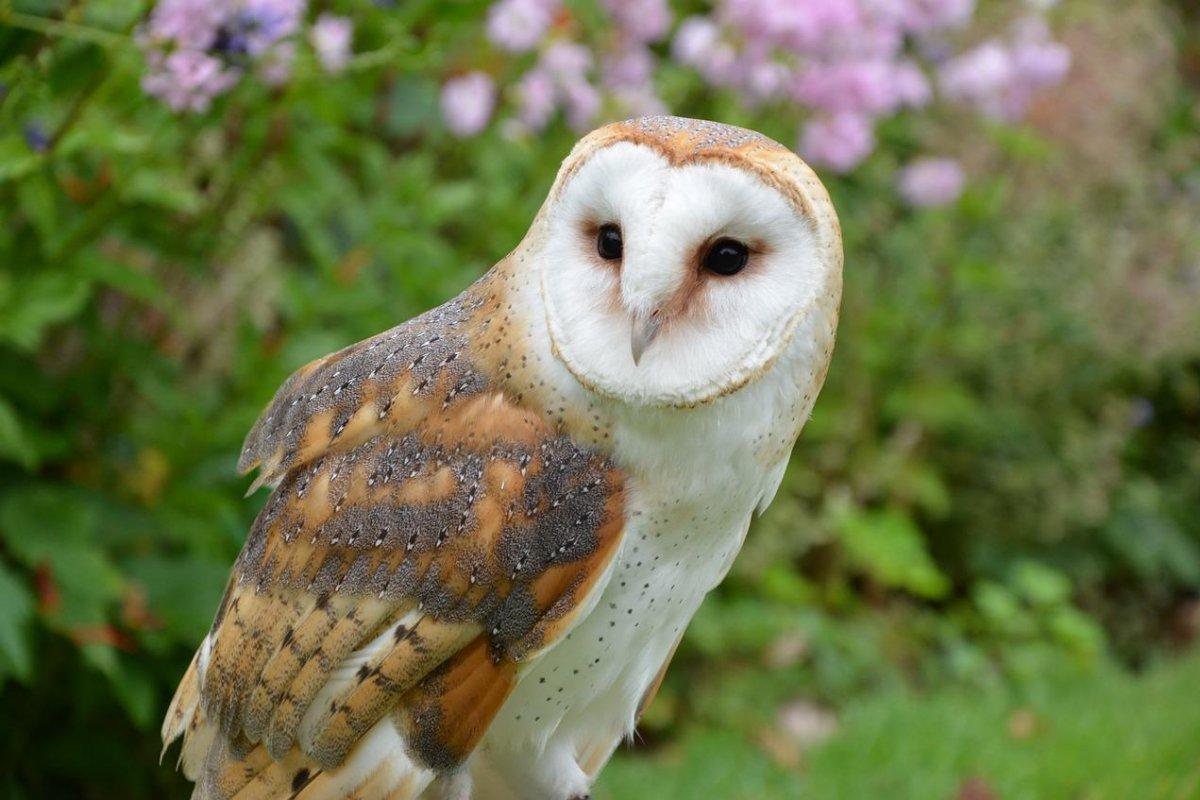
- Name: Barn owl
- Scientific name: Tyto alba
- Conservation status:
Although not very common and rather accidental in Malta, some barn owls can be found on the archipelago. The barn owl is the most widespread of all birds, as it can be found almost anywhere in the world, except for extreme polar and desert regions.
Also known as the common barn owl, it is a nocturnal bird of prey that feeds on small mammals. In order to locate its target, this owl can rely on its extremely well-developed sense of hearing.
15. Egyptian vulture
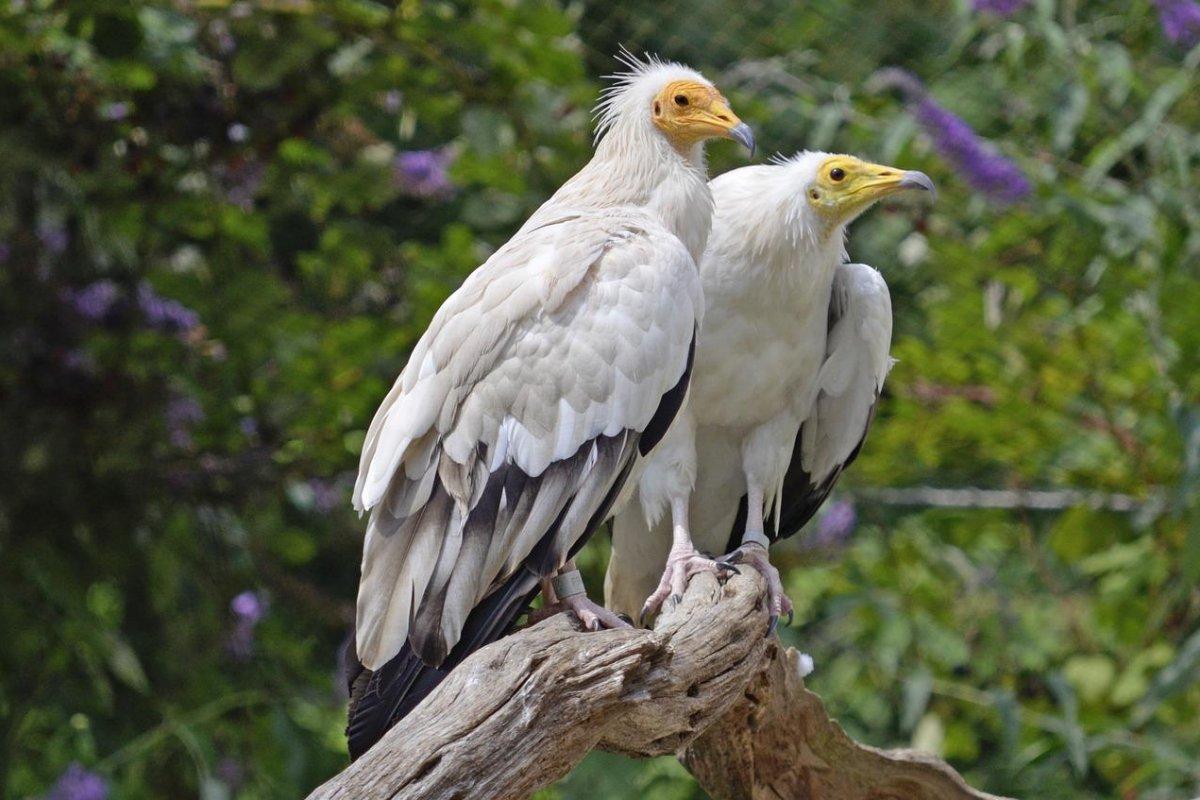
- Name: Egyptian vulture
- Scientific name: Neophron percnopterus
- Conservation status:
The Egyptian vulture, also known as the white scavenger vulture or the pharaoh’s chicken, is a small species of Old World vulture native to southwestern and southeastern Europe, sub-Saharan Africa, the Arabian Peninsula, the Indian subcontinent, and western Asia.
It is a migratory bird that sometimes stops on the island of Malta, especially Italian birds that cross over through Tunisia and Sicily: because they avoid long crosses over water, they choose to rest and admire Malta!
—
So there you have them, these were my 15 wild animals in Malta. I hope you enjoyed this list and that you learned something new today.
In case you want to learn more about animals in the country, feel free to keep reading, as I still have lots of things to tell you about:
Endangered Animals of Malta
This is definitely the saddest part of the list, but it is very important to raise awareness. Because of this, let’s go through the list of endangered animals in Malta.
Here are the animals in danger of extinction in Malta.
- None
- Yellow-breasted bunting
- Slender-billed curlew
- Tope
- Blackchin guitarfish
- Smoothback angelshark
- and 11 more…
- Basking shark
- Mediterranean monk seal
- Egyptian vulture
- Angular roughshark
- White-headed duck
- and 8 more…
To see the full list of endangered species in Malta, head over to the International Union for Conservation of Nature’s Red List.
What is the National Animal of Malta?
The national animal of Malta is the Pharaoh Hound.
The Pharaoh Hound, locally known as Kelb tal-Fenek, is a Maltese breed of hunting dog. It has long been used in traditional hunting on the archipelago, especially for rabbit-hunting (its Maltese name means “rabbit dog”), which is why it was chosen as the national emblem.
This dog is taken out to hunt at night with fewer distractions. The hunter releases both a female and a male at the same time, and uses ferrets to flush the rabbit out of its hole!
How Many Animals Native to Malta?
What is the diversity of native animals in Malta?
Let’s look at the total number of species of Chordata (mammals, birds, fishes, and reptiles).
Total number of animal species in Malta: 751 (3,149 in total in Europe)
Are there wild monkeys in Malta?
No, there are no wild monkeys in Malta, and the only wild monkeys in Europe can be found in Gibraltar, in southern Spain, which separates Europe and Africa.
However, despite its small size, Malta has 7 official zoos, which are home to many exotic species, such as 12 monkeys, 7 pumas and tigers, 8 lions, and 1 small crocodile.
Do they have squirrels in Malta?
Squirrels are not native to the archipelago of Malta, but they have officially colonized it.
It has only been a few years, but squirrels are spreading fairly quickly across Malta. While people first thought they were captive specimens, it turns out that the Swinhoe’s striped squirrel, originally native to northern Myanmar, western China, and northern Myanmar, is now found in the wild in Malta.
More About Animals in the World!
Loved these Malta wildlife facts? Want to see what animals live in other countries?
Then check out these posts:
Or click here to see ALL the facts up on the blog! Spoiler alert: there’s A LOT of them.
Share the knowledge! Click on the buttons below to share information about these famous animals in Malta with your friends, and help them learn more about the world 🙂
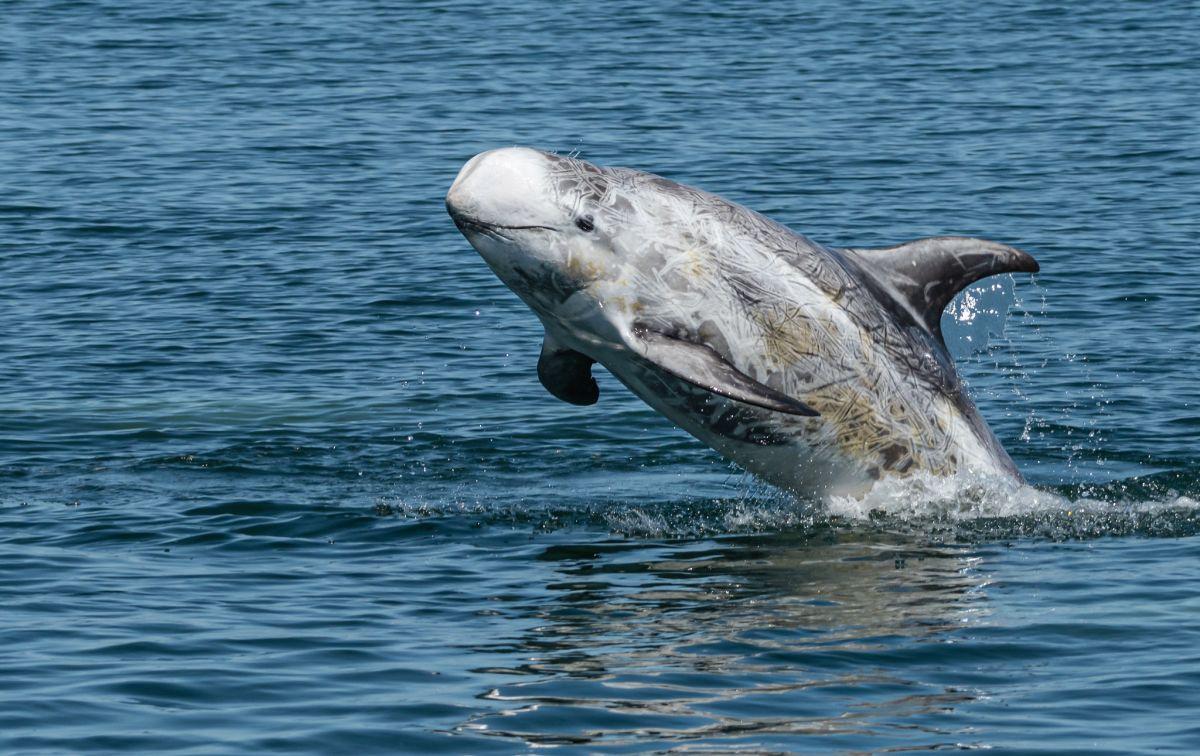
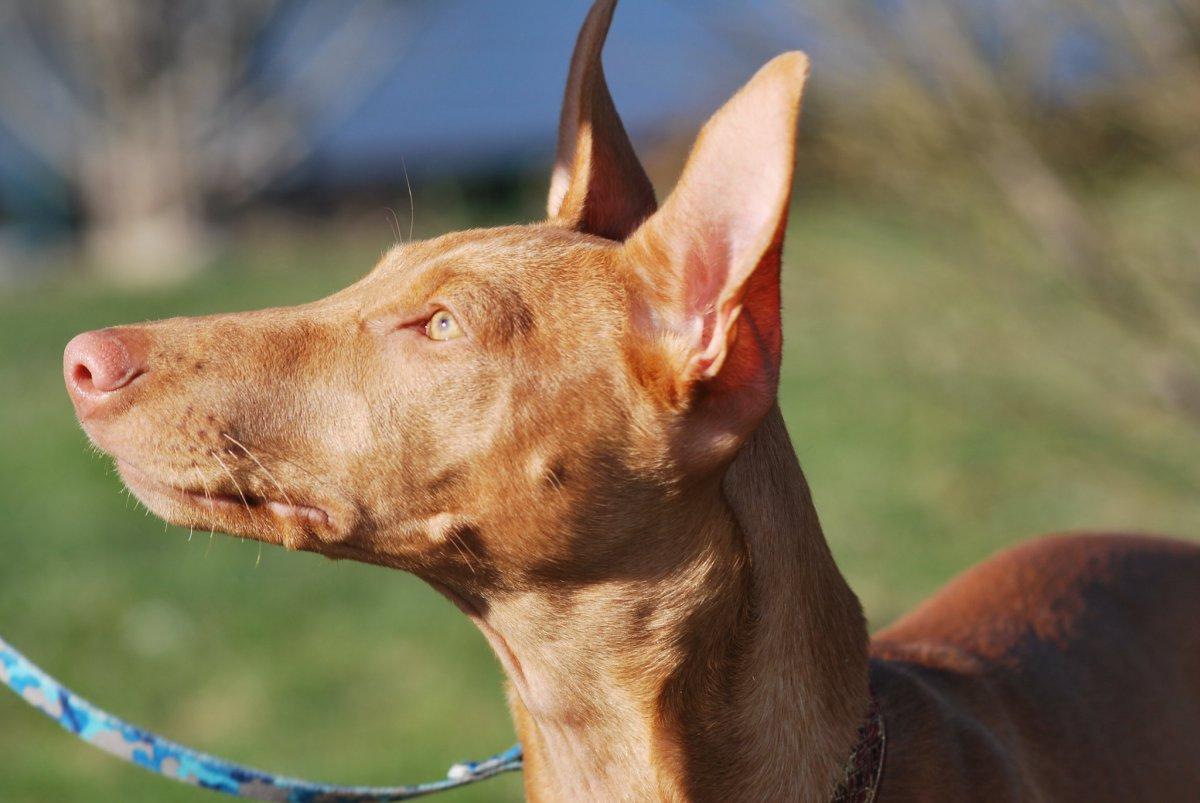

![18 Wild Animals in Kyrgyzstan [Wildlife in Kyrgyzstan]](https://www.kevmrc.com/wp-content/uploads/2022/12/18-wild-animals-in-kyrgyzstan.jpg)
![12 Wild Animals in Albania [Wildlife in Albania]](https://www.kevmrc.com/wp-content/uploads/2022/04/animals-in-albania.jpg)
![21 Wild Animals in Tasmania [Wildlife in Tasmania]](https://www.kevmrc.com/wp-content/uploads/2023/01/21-wild-animals-in-tasmania-australia.jpg)